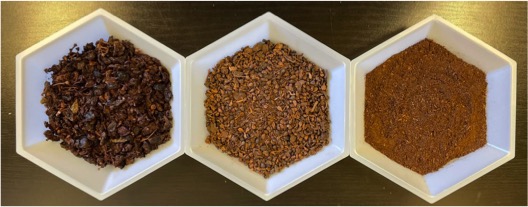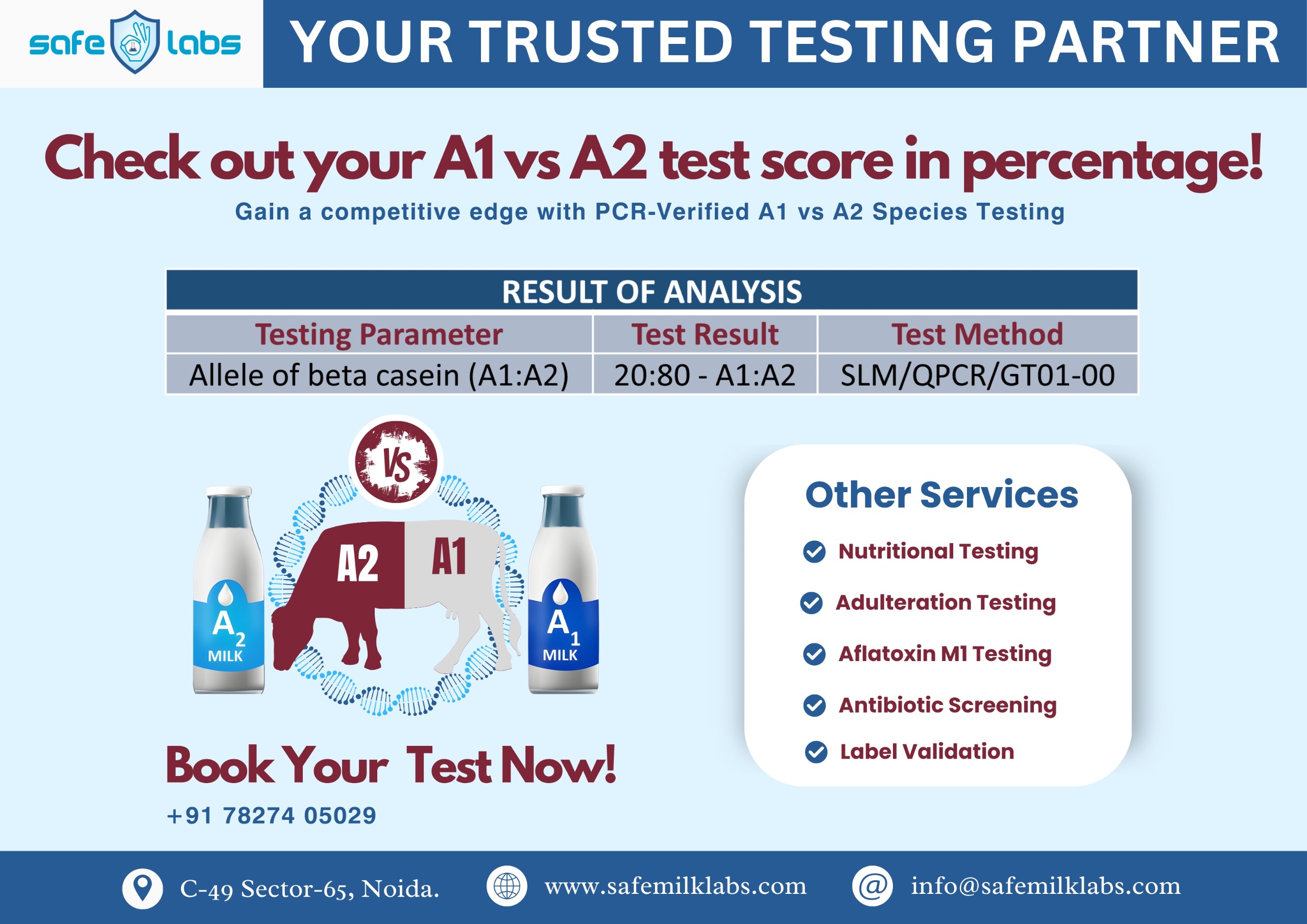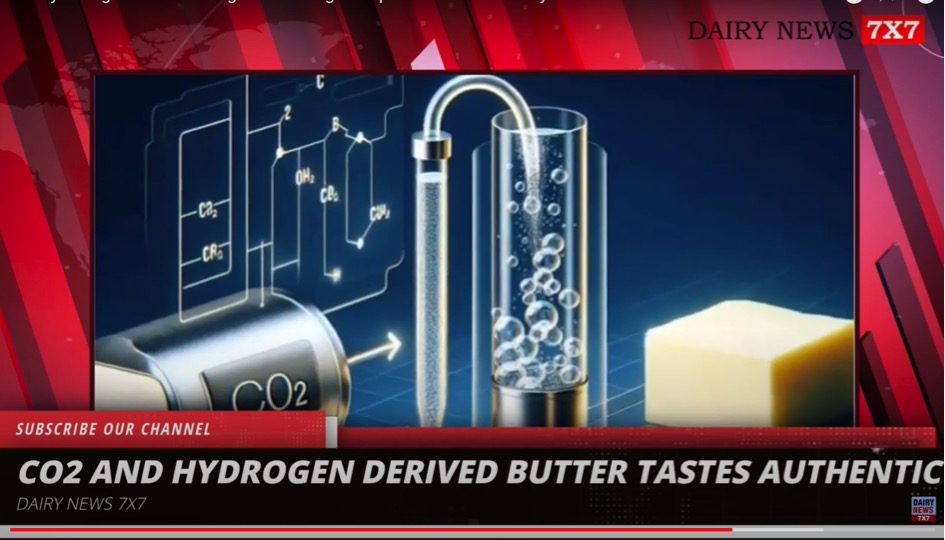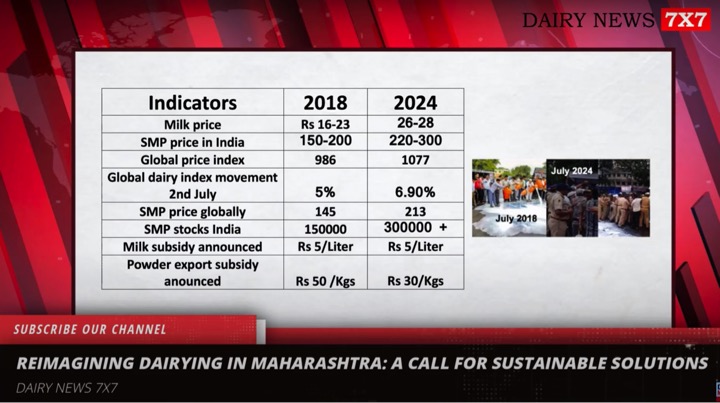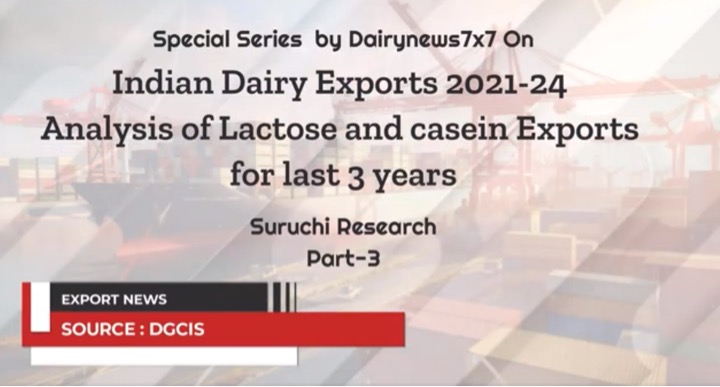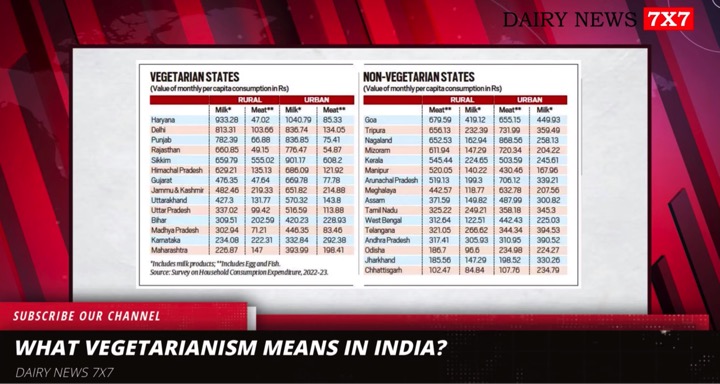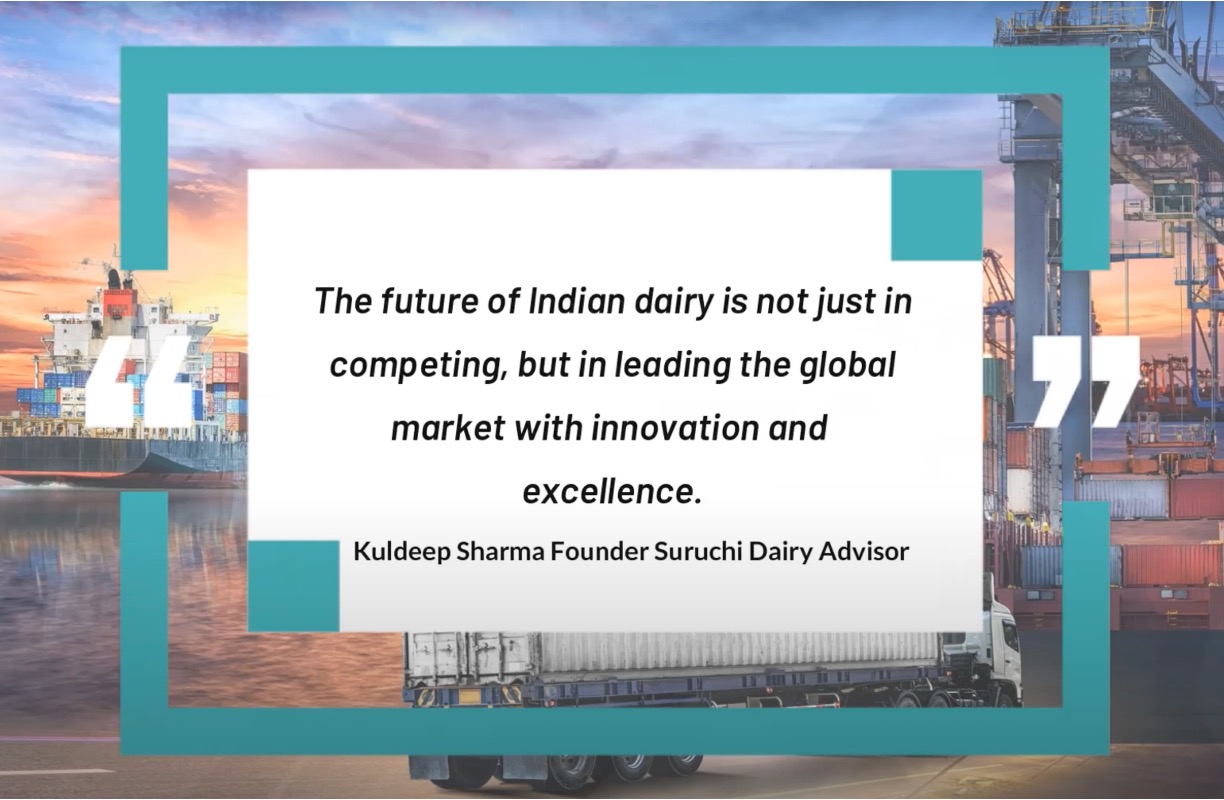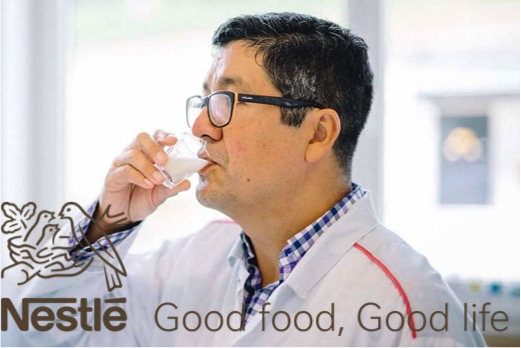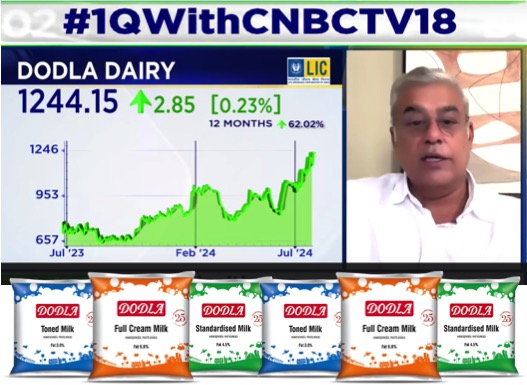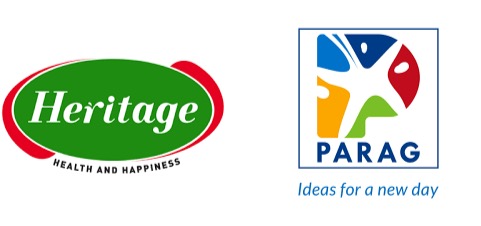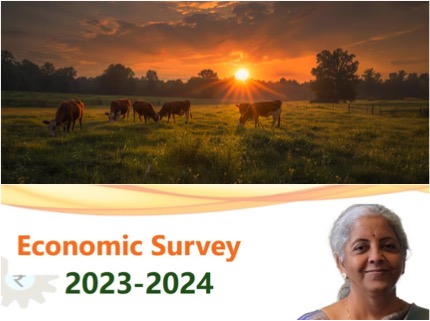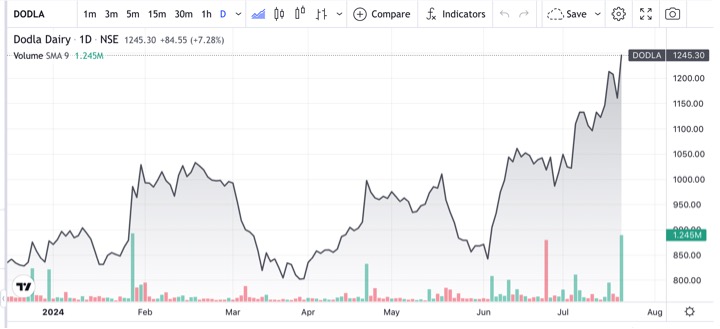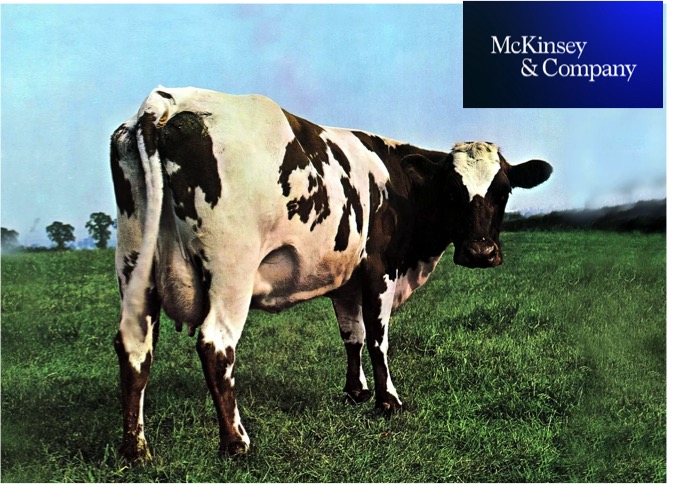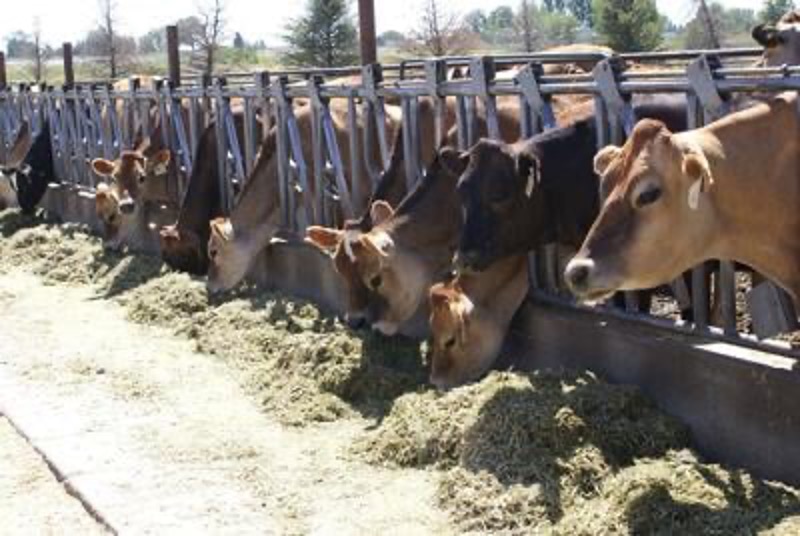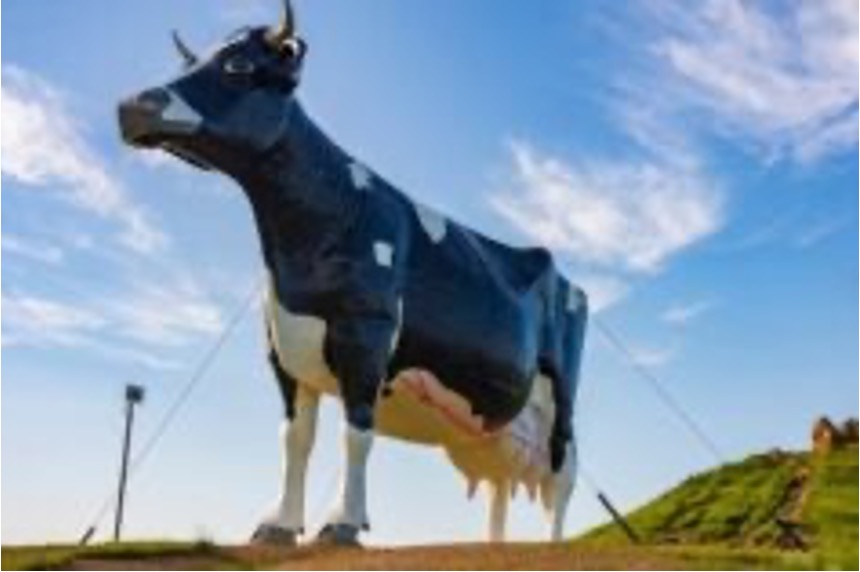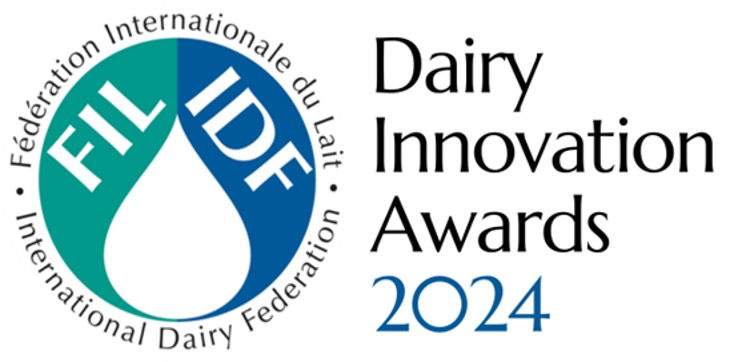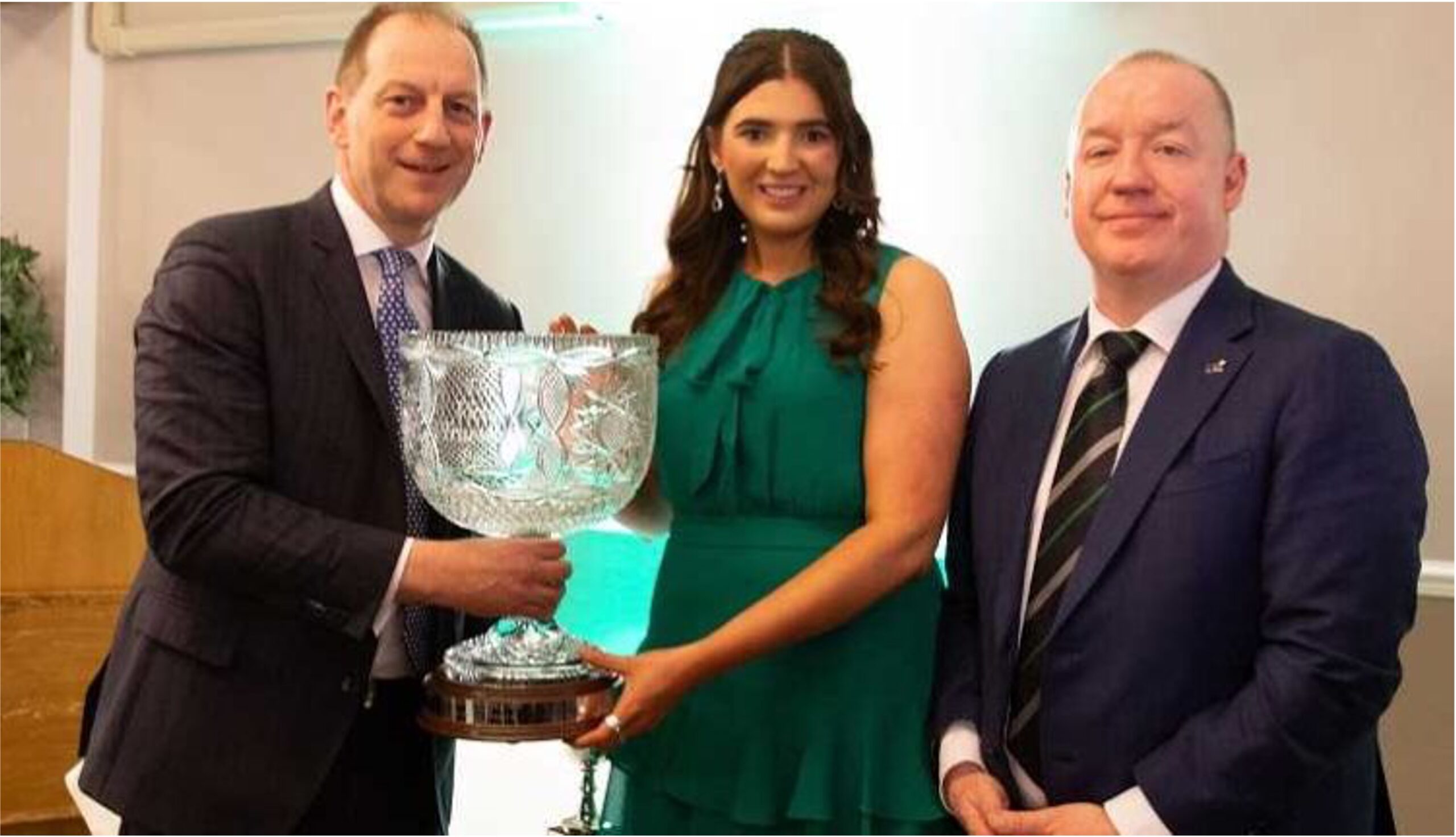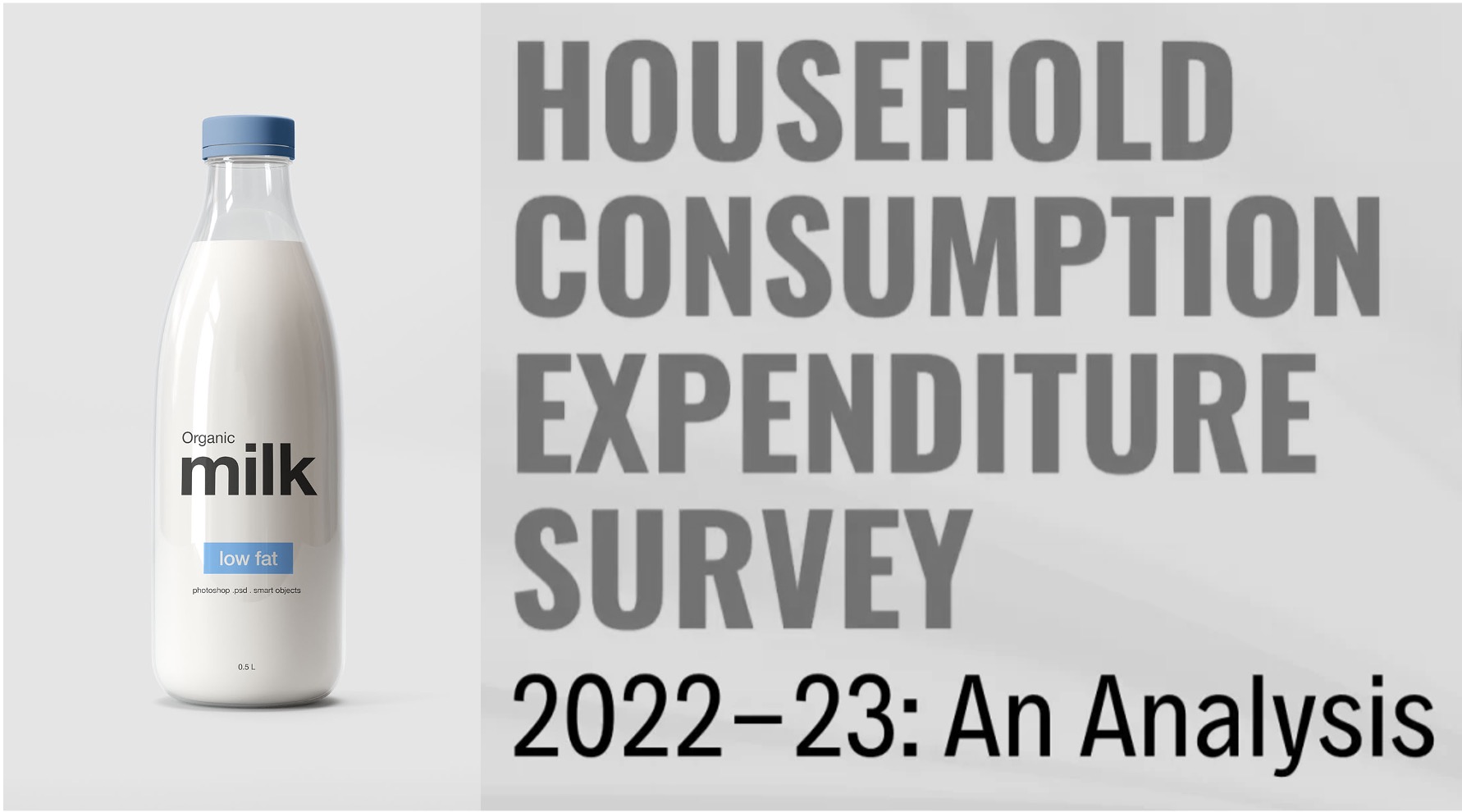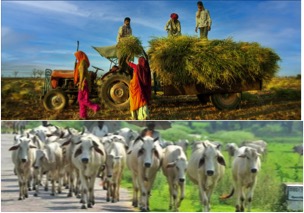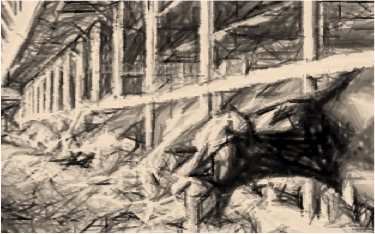California’s wine industry could play a role in reducing methane emissions from dairy cattle.
Researchers at University of California, Davis, added fresh grape pomace left over from winemaking operations to alfalfa-based feed for dairy cows and found that methane emissions were reduced by 10% to 11%.
The preliminary findings could offer a low-cost sustainable pathway for vineyards to reduce waste while helping dairy operations maintain quality while cutting back on emissions of methane, which is a powerful greenhouse gas.
“This is the first time anybody has shown that this can work in California,” said Ermias Kebreab, an animal science professor and associate dean of global engagement at UC Davis. “You’re reducing emissions, you’re improving the quality and it may also reduce the cost of production.”
This is the first time anybody has shown that this can work in California. You’re reducing emissions, you’re improving the quality and it may also reduce the cost of production.” —Ermias Kebreab
The pilot research project, which will be detailed in a paper later this year, also found that mixing in grape pomace improved feed efficiency and increased healthful fats, said Selina Wang, an associate professor of Cooperative Extension in small scale fruit and vegetable processing.
“We found that the feed with the additive of grape pomace changed the fatty acid composition of the milk and, in particular, increased the polyunsaturated fats, which are the main fats in grape pomace,” Wang said. “This suggests that supplementing the feed with an optimal fatty acid profile may have positive impact on the fatty acid profile of the milk and increase their health benefits.”
Symbiotic commodities?
In 2022, California was the leading dairy producer in the country, generating $10.40 billion in sales, while 90% of wine production came from the Golden State, with a market value of $5.54 billion.
Processing grapes for wine generates thousands of tons of waste in the form of grape pomace, which consists of leftover seeds, skins and stems. Dairy and livestock are responsible for more than half of the state’s methane emissions, owed largely to cow burps.
They are the top two agricultural commodities in California, according to state production statistics, and reducing waste and emissions for both industries are key to the state meeting its climate goals.
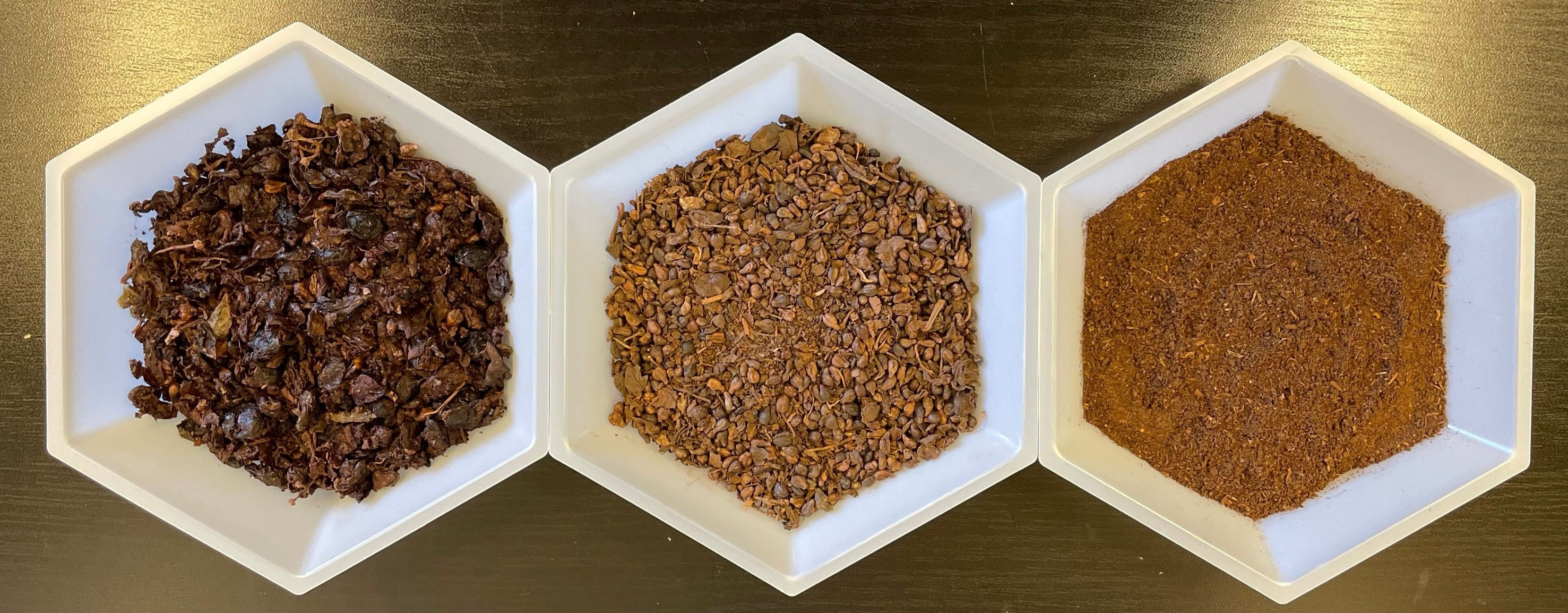
Tannins for emission reductions
Wine grapes are high in fats and tannin, which is known to reduce methane emissions, so Kebreab sought to test if adding grape pomace to feed could have a positive effect while not adversely affecting production.
“It’s a byproduct that’s not being used much,” he said. “This is something that can be included in our efforts to try to reduce emissions.”
A mix of feed options
To do the research, scientists worked with Holstein dairy cows and gave the animals feed consisting of alfalfa, wheat, almond hulls, cottonseed and grain. After two weeks, the cows were split into three groups: A control group with no change in diet, another where the feed combination included 10% grape pomace and a third that received 15% grape pomace.
Every four weeks, the cow groups would change feed combinations.
They were fed twice daily by postdoctoral students and interns, and emissions were monitored daily. Milk production was documented in the morning and evening and milk samples were collected weekly to analyze for fat, protein, lactose and other measurements, which showed no differences between the control and other groups.
Methane and hydrogen emissions were reduced compared with the control group, suggesting that grape pomace reduced enteric emissions without affecting production.
“I think the dairy industry will be very interested in this,” Kebreab said. “Sometimes when you’re using additives, they have palatability issues. With grape pomace, they absolutely love it.”
Next on the list is a trial with olive pomace and working to understand the mechanism that reduces emissions.
“If we have a better understanding of the mechanisms, we can select the feed additive or a mix of feed additives to reduce dairy cattle emissions and make dairy milk healthier while making use of the agriculture byproducts,” Wang said. “There’s a lot of room to grow in this space and we’re excited about this work.”
The research was supported by the California Dairy Research Foundation.
The UC Davis College of Agricultural and Environmental Sciences originally published this article on April 25, 2024.


